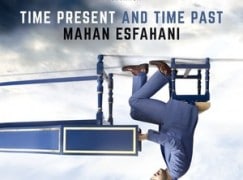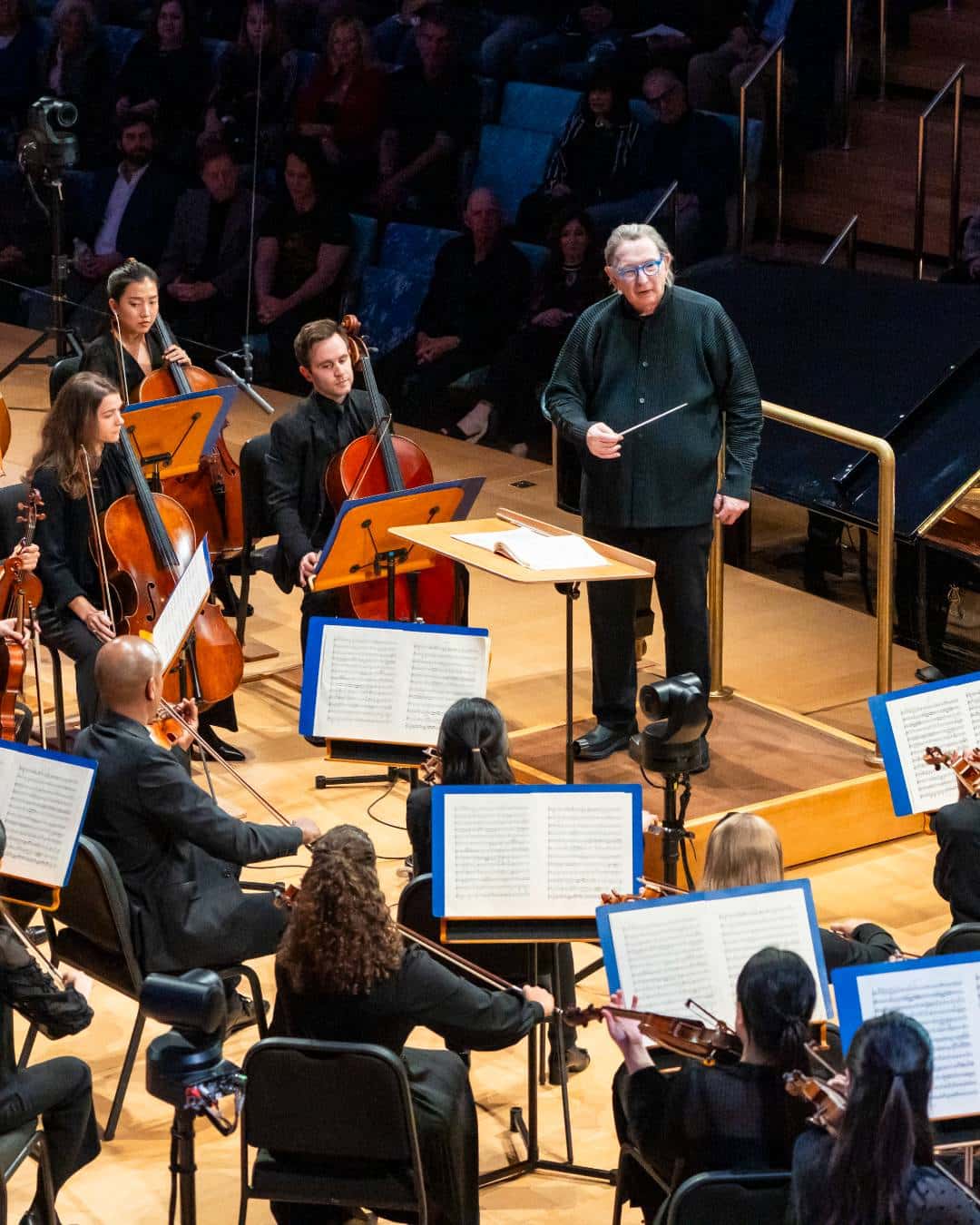Two faint glimmers in US classical sales
mainThe latest Nielsen Soundscan data are as depressing as ever, with the top classical record clearing just 300 US sales in the past week and the next just 270. For the record, they are Andrea Bocelli and Andre Rieu. More gloom.
But coming up behind, in third and fourth place, are the Detroit Symphony’s self-issued Tchaikovsky cycle and – a new face in the charts – the DG harpsichordist Mahan Esfahani with Time Present and Time Past.
That’s promising, for all sorts of reasons.






Comments